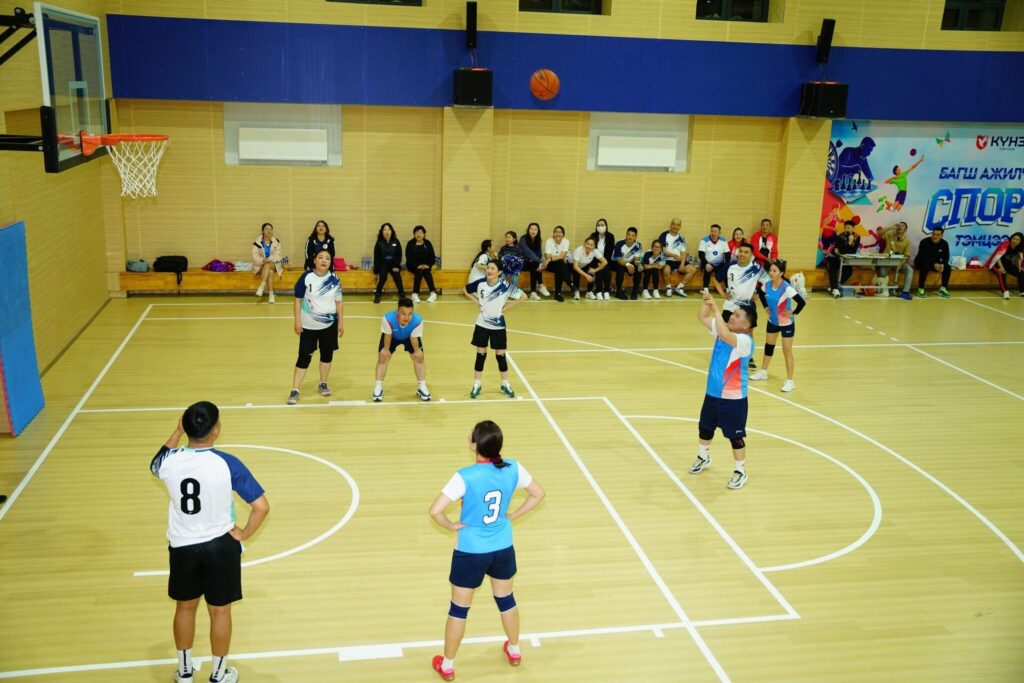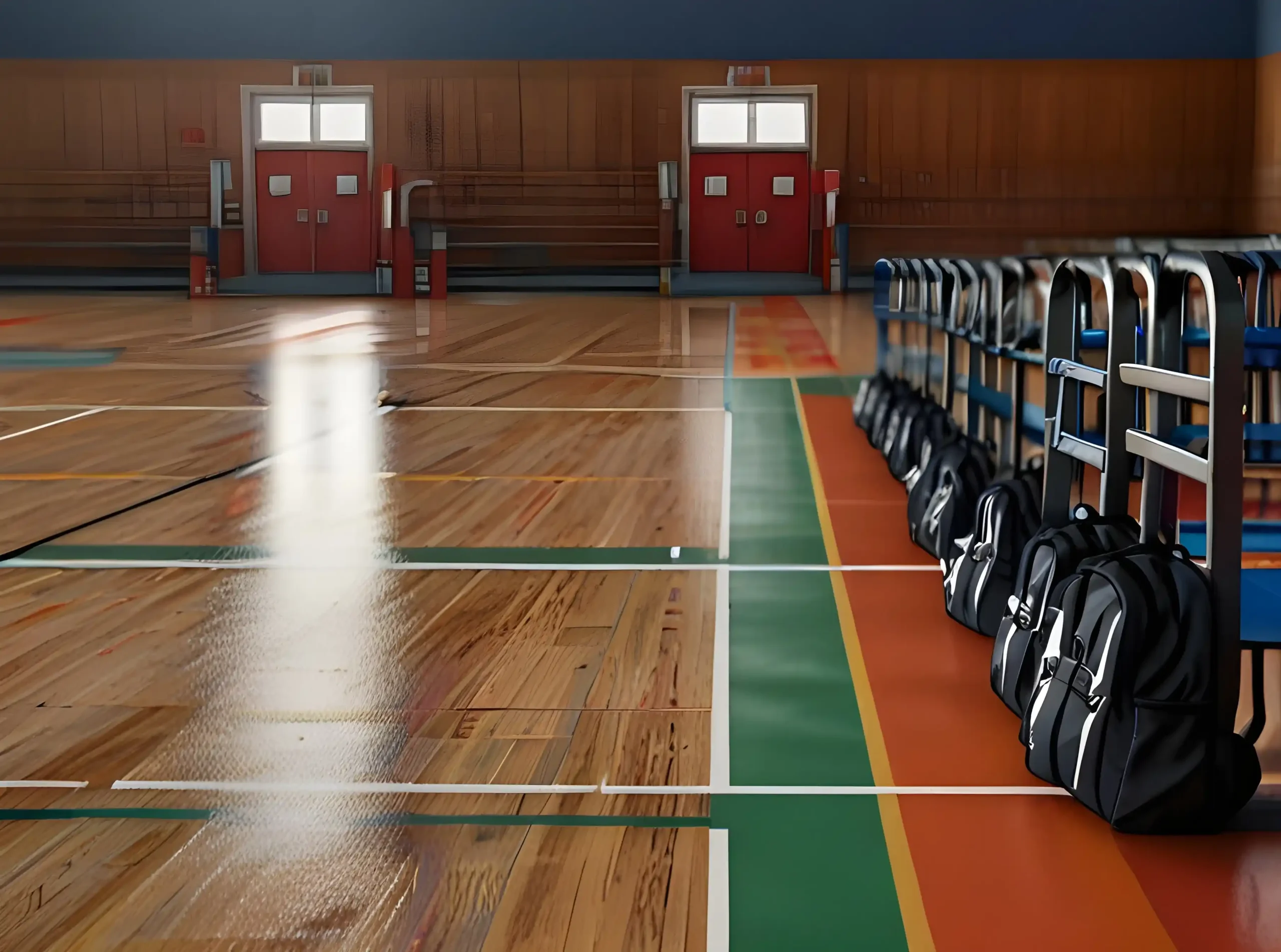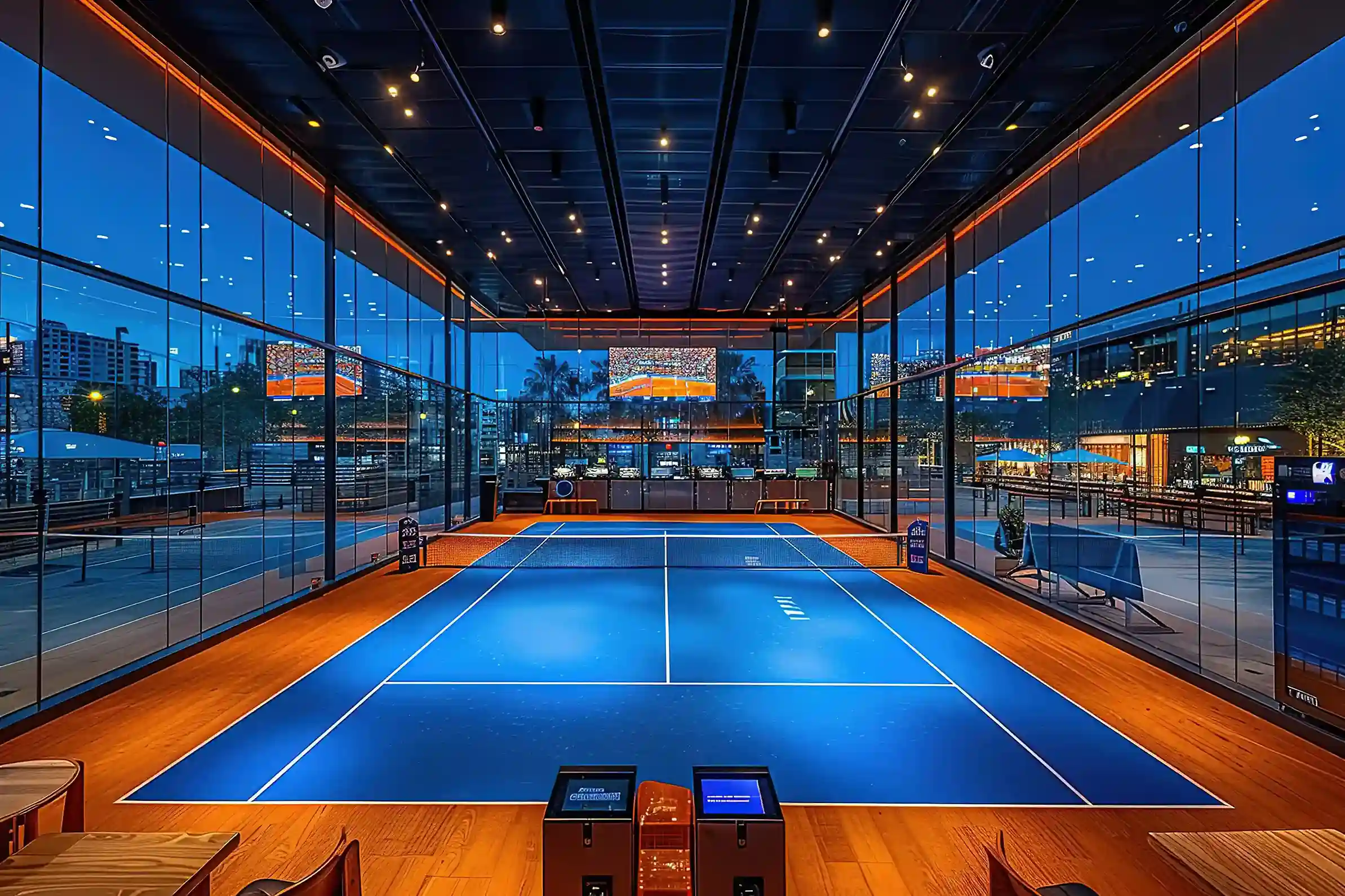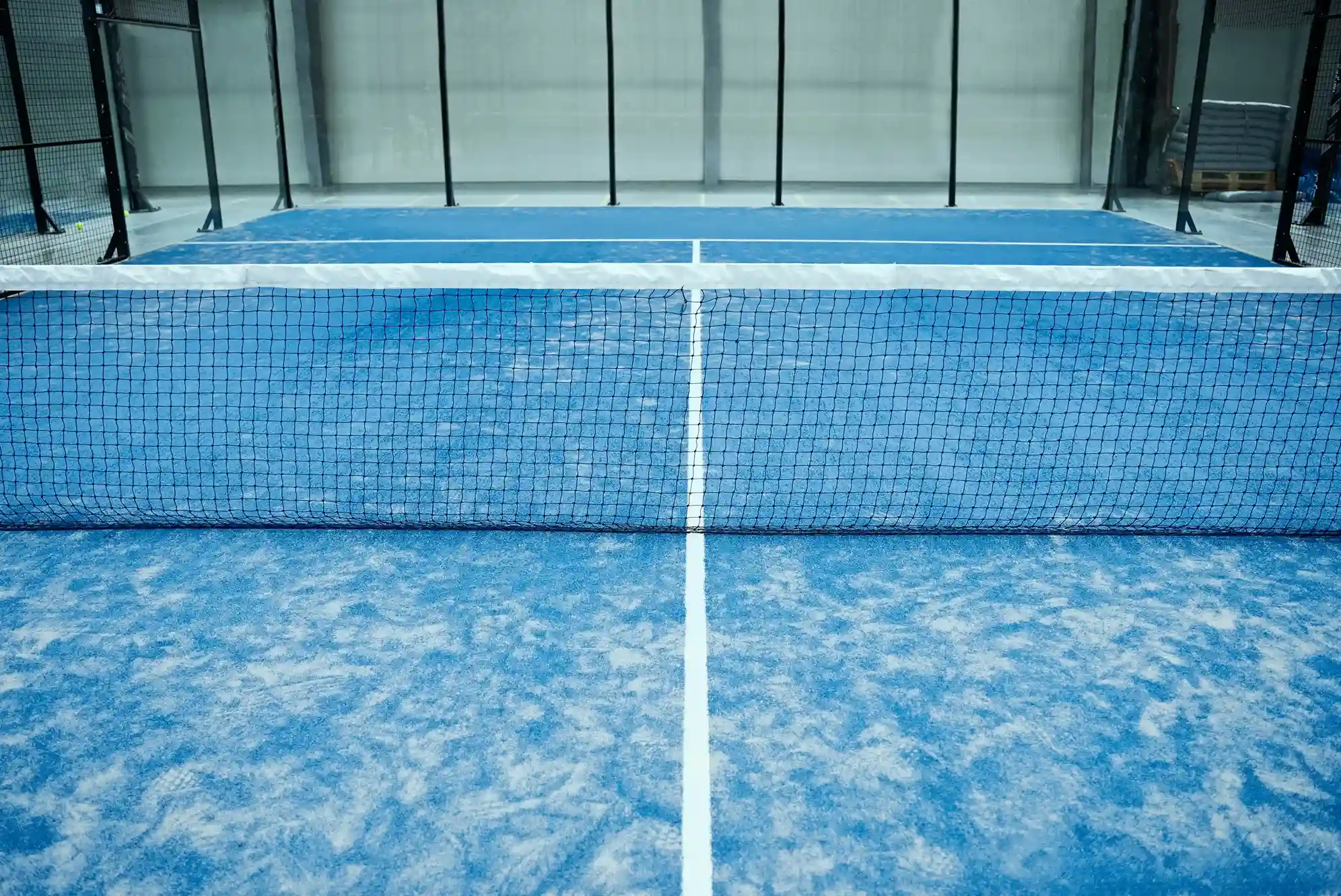When you think of basketball courts, you likely imagine the gleaming wooden surfaces seen in professional arenas and schools alike. But have you ever wondered what makes the best basketball court wood? The choice of material is crucial—not just for appearance, but for functionality, player safety, and long-term performance.
Among all materials available, maple has proven time and time again to be the superior choice for basketball courts. Its unmatched combination of hardness, durability, and consistent performance has solidified its place as the gold standard of sports flooring. This post takes a deep look into why maple dominates in this category, its advantages over alternative wood types, and other options like innovative bio-based sports flooring from VMKONSPORT.
Why Maple Is the Best Choice for Basketball Courts
Without a doubt, maple wood sits at the top of the list when it comes to basketball flooring. Here’s what makes it the go-to choice for courts worldwide.
Hardness and Durability
Maple is an incredibly hard and dense wood, allowing it to withstand the impact of constant play. Basketball courts endure heavy use, whether it’s from the pounding of player footfalls or the consistent dribble of basketballs. Maple’s durability means that it doesn’t dent or wear down as quickly as softer woods like pine, making it a cost-effective option in the long run.
For real-world context, consider that the majority of NBA courts are made from maple. The wood’s resilience accommodates both professional-level play and thousands of spectators, demonstrating how well it performs under pressure.
Shock Absorption
Player safety is a top priority on basketball courts, and maple excels at minimizing injuries through its natural shock-absorbing properties. Its tightly-packed grain structure absorbs impact effectively, reducing stress on players’ joints and lowering the risk of fatigue over extended play.
Studies have highlighted the importance of shock absorption in sports flooring, as it plays a critical role in decreasing player injuries. Maple’s ability to provide this safety feature further solidifies its reputation as the optimal basketball court wood.
Consistent Ball Bounce
Basketball demands precision. Players rely on predictable ball behavior to excel at passing, dribbling, and shooting. Maple wood delivers consistent ball bounce across the court due to its smooth and even surface. This consistency ensures that players can rely on the flooring for fair and high-level gameplay.
When compared to materials like ash or beech, maple’s ball bounce performance stands out as being significantly more stable. These alternatives often lack uniformity, leading to unpredictable gameplay that can frustrate both players and coaches.
Aesthetic Appeal
A basketball court isn’t just functional; it’s a statement. The clean, uniform look of maple gives courts an elegant and professional appearance. Its light color enhances visibility, which is critical for both players and spectators during a game.
Maple wood also comes in various finishes to suit different design aesthetics. Coaches, facility managers, and architects can select from matte to glossy finishes to achieve the desired visual impact.
Ease of Maintenance
Beyond performance, maple wood is relatively easy to maintain. Its hardness makes it resistant to stains and scratches, while its smooth surface is simple to clean and polish. Regular sweeping, mopping, and occasional refinishing are all that’s needed to keep a maple basketball court in top-tier condition.
Additionally, maintaining a maple court is cost-effective compared to other materials, as its durability significantly reduces the frequency of repairs or replacements.
Challenges with Alternative Wood Types
While maple is the ideal choice, it’s important to understand the limitations of other woods sometimes used in flooring applications.
Pine
Pine is significantly softer than maple, making it prone to dents and damage from heavy impact. A soft surface cannot endure the repetitive force of competitive basketball, leading to higher maintenance costs and a shorter lifespan.
Oak
Though oak is harder than pine, it lacks the flexibility necessary for optimum player safety. Oak’s stiffness results in reduced shock absorption, potentially leading to increased risk of injuries.
Ash
Ash shares a similar hardness with maple but falls short in both shock absorption and ball bounce consistency. Over time, this leads to a less reliable playing surface and diminished player experience.
Beech
While beech can initially seem like a solid choice, it comes with significant drawbacks. Beech is especially vulnerable to humidity changes, leading to warping and moisture damage. This susceptibility means higher costs for maintenance and repairs, ultimately making maple the more reliable option.
Exploring VMKONSPORT Bio-Based Sports Flooring
For those seeking an alternative to wooden flooring, the VMKONSPORT bio-based sports flooring options are worth considering. Engineered for performance and durability, these innovative materials offer excellent shock absorption and consistent gameplay. Most notably, VMKONSPORT flooring is both waterproof and designed to maximize sports performance, making it a stellar option for multi-purpose venues or outdoor courts where wood may not be practical.
The bio-based composition of VMKONSPORT flooring also aligns with growing sustainability trends, helping facilities reduce their environmental impact while maintaining world-class performance.


Maple Remains the Gold Standard in Basketball Court Wood
Maple’s superiority as a basketball court wood lies in its unique balance of hardness, shock absorption, durability, appearance, and ease of maintenance. Suitable for both professional arenas and recreational facilities, it remains the trusted choice across the globe. While other woods like pine and ash present alternatives, they fail to match the comprehensive benefits offered by maple.
For those exploring modern alternatives, VMKONSPORT’s bio-based sports flooring complements maple’s legacy, offering an innovative option with added versatility and eco-friendliness. Whether you’re building a new court or upgrading an existing space, prioritize materials that deliver performance and safety.
Explore Your Sports Flooring Options Today
Looking to install or upgrade your basketball court flooring? Contact us today to learn more about maple’s advantages and explore VMKONSPORT’s bio-based sports flooring solutions. Together, we’ll help you create a court that performs as beautifully as it looks.







